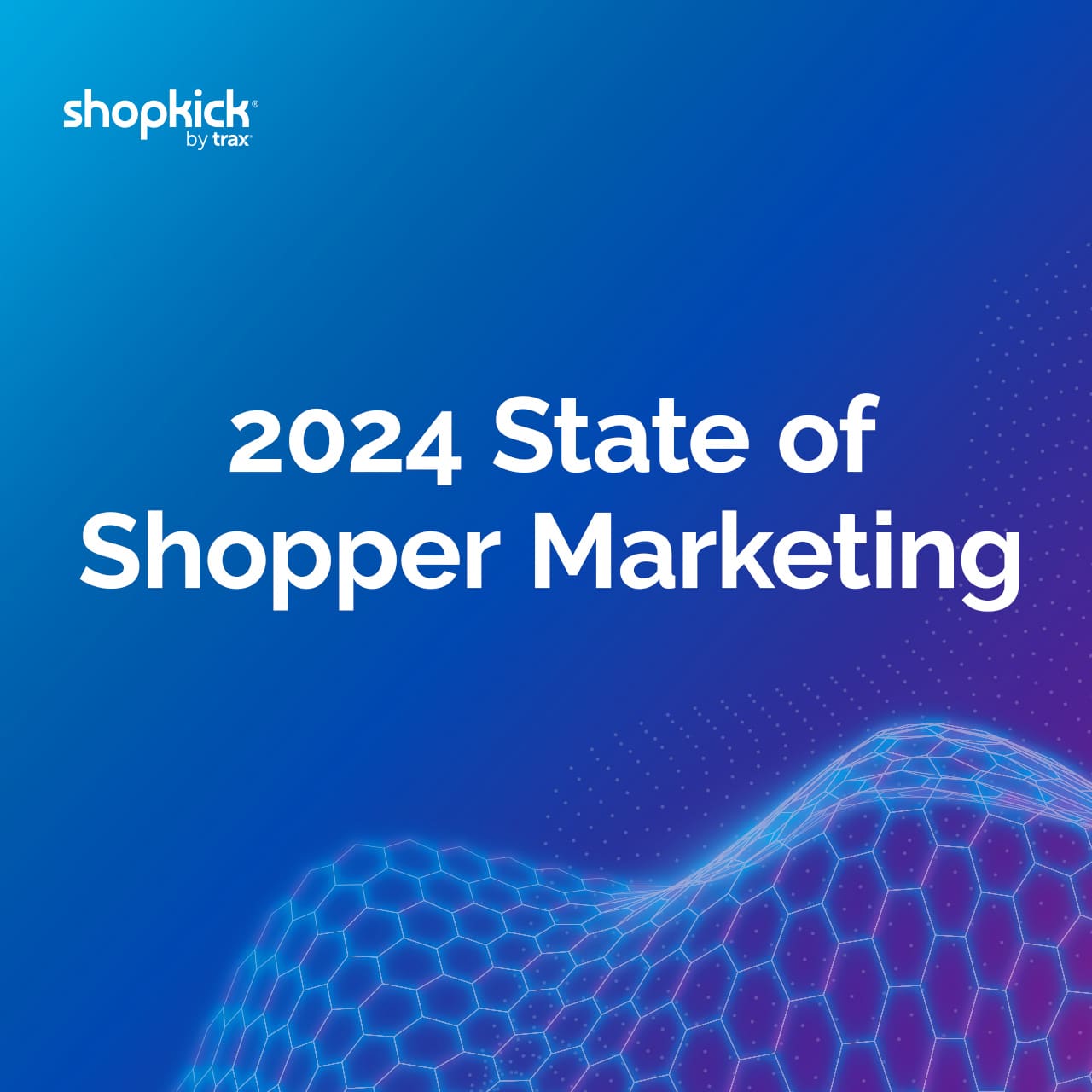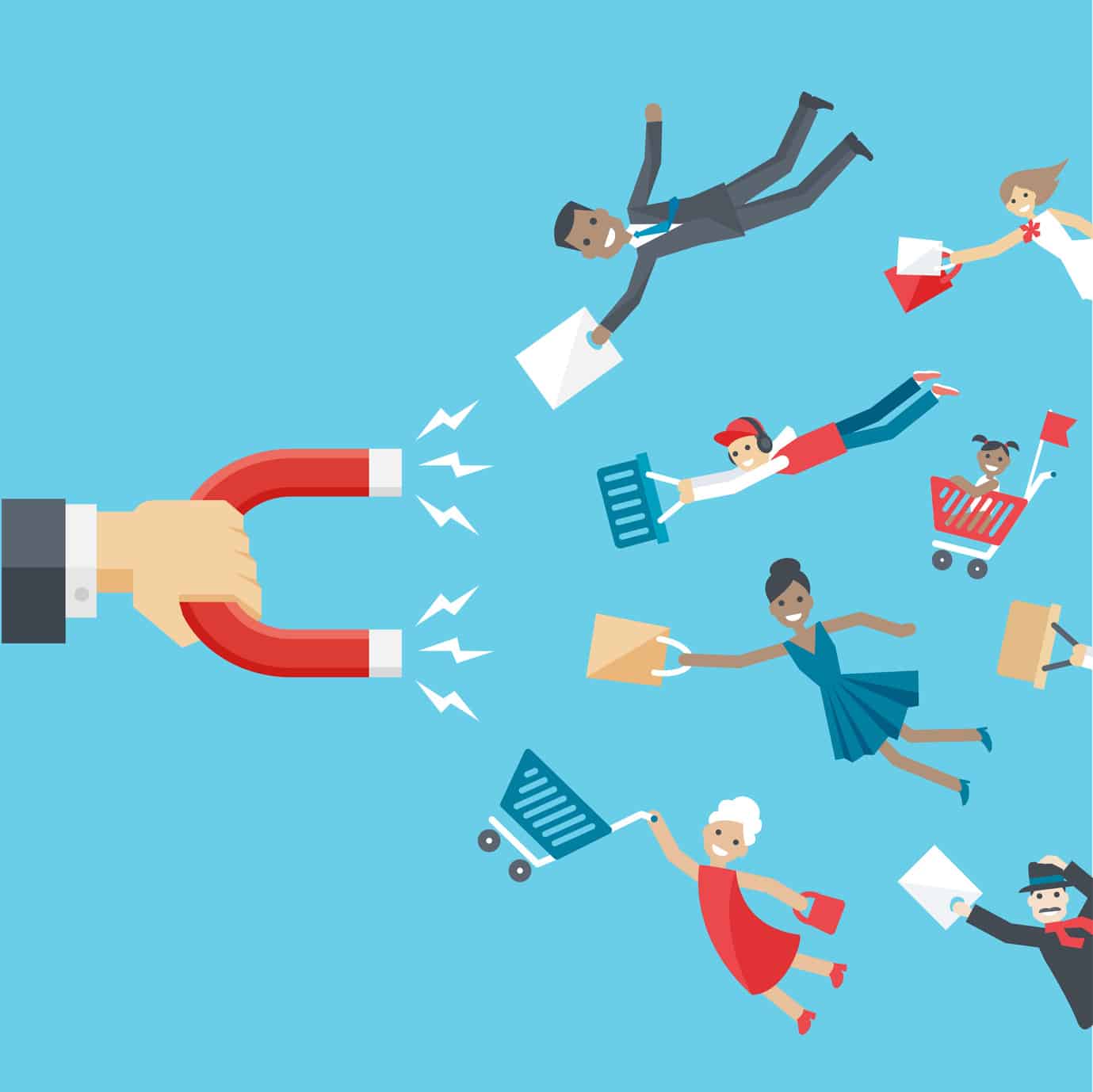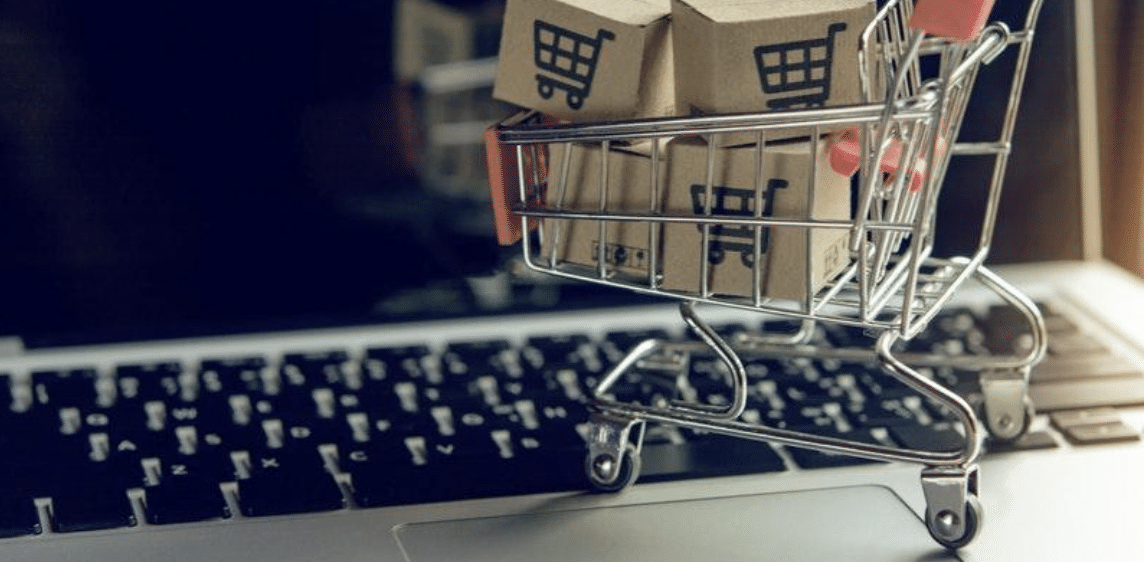Calling all retailers and CPG brands! Are you prepared for a revolutionary shift in retail? The industry is constantly evolving, and in order to stay ahead of the game, CPGs need to invest in the right tools and use AI algorithms to make data-driven decisions for your brand. With the rise of e-commerce and the growing importance of customer loyalty, it’s crucial to have AI enhanced merchandising strategies in place. And with the help of Artificial Intelligence (AI), retailers can improve the shopping experience in both physical and digital spaces. In today’s fast-paced and competitive market, AI merchandising is no longer a luxury, but a necessity.
The Power of AI in Retail Transformation
Embark on a transformative journey with AI, the linchpin of retail innovation, where it morphs from a buzzword to the core of consumer journeys. This revolution goes beyond data sets and analytics for forecasting and optimization, but instead lays the groundwork for hyper-personalized marketing strategies that ensure impactful new product placements and promotions. AI’s magic unfolds in offering targeted suggestions akin to a trusted friend’s guidance, a feature Shopkick harnesses to reward users for interactions and purchases. This AI-driven personalization anticipates and satisfies consumer desires, propelling the customer experience into a realm of anticipatory engagement and nurturing unshakable brand loyalty.
Spotlight on Success: Nike and Sephora’s AI Triumphs
In the arena of AI innovation and customer data, Nike and Sephora stand as titans, showcasing how technology can transform the consumer journey into something extraordinary. Sephora, a beauty behemoth, leverages AI and customer preferences to deliver a personalized shopping odyssey. With its app acting as a digital makeup artist that doesn’t require you to be in-store, Sephora offers customized product suggestions, making each user’s experience deeply personal and highly engaging. This technological embrace extends beyond convenience, inviting users to dive into a world of beauty exploration, where their shared experiences amplify brand loyalty and create a vibrant, community-driven narrative.
Meanwhile, Nike is breaking records with its AI-driven approach to product design and customer service. By utilizing AI to generate unique designs, Nike taps into the pulse of consumer demand for distinctiveness and self-expression. Their application of AI in predicting the perfect shoe fit eliminates the uncertainties of online shopping, ensuring every purchase feels tailor-made. This precision not only enhances the shopping and user experience but also fortifies customer trust and satisfaction.
Together, Nike and Sephora illuminate the path forward, demonstrating that AI, when applied with insight and ingenuity, crafts experiences that resonate on a personal level, with customer engagement that sets the stage for a future where brand engagement is not just observed but passionately felt.
Overcoming Consumer Skepticism: The Role of Transparency and Trust
Navigating the maze of consumer skepticism is a challenge that demands unwavering commitment to transparency and trust. With 76% of consumers wary of AI’s potential for misinformation and 38% feeling uneasy about new tech in their grocery aisles, the call to action for brands is clear: step up and reassure your audience. This isn’t about merely disclosing how AI tools are applied in the shopping experience; it’s about championing ethical technology use, fiercely guarding consumer privacy, and standing as a beacon of data security. To quell the fears and anxieties swirling around AI, brands must embark on a mission of enlightenment, shedding light on the mechanisms of AI with an honesty that resonates and reassures. The path forward involves not just using AI responsibly, but communicating its benefits and safeguards with a clarity that cuts through the noise, demonstrating a steadfast dedication to consumer well-being. This commitment to ethical AI use is the linchpin in cultivating a landscape where trust flourishes and brand loyalty thrives in the rich soil of transparency.
AI-Enhanced Merchandising Strategies That Connect
Embrace the cutting-edge revolution of AI-enhanced merchandising strategies to forge unbreakable bonds with your consumers. This isn’t about simply meeting expectations; it’s about exceeding them, creating an environment where personalized experiences become the cornerstone of every interaction. Imagine leveraging AI to offer not just any product recommendation, but the perfect suggestion that resonates with each individual’s unique tastes and needs. Picture AI-powered chatbots and virtual assistants transforming customer service from a routine task into a delightful journey of discovery and support. These strategies are about crafting an unparalleled shopping adventure that makes consumers feel recognized, valued, and understood on a profound level. Implementing such AI-driven tactics propels your brand into a realm of unmatched engagement and loyalty, where every marketing effort is not just seen but felt deeply by your audience. This is the era of personalized merchandising, where AI is your ally in delivering not just products, pricing strategies or inventory management, but experiences that captivate and enchant, paving the way for a future where brand connections are not just formed—they’re fortified.
However, as consumers face an influx of generative AI content, there lies a crucial need to reassure them about the safety and security of these advancements throughout their decision making process. Winning customer trust involves convincingly demonstrating that AI tools are not just about automation and deals but are firmly anchored in stringent data protection measures.
The Future is Now: Embracing AI for Retail Success
For brands to thrive, adopting AI-enhanced merchandising strategies is not just advantageous—it’s imperative. Enter Shopkick, pioneering the way by utilizing AI to make each shopping journey not only seamless but deeply personalized throughout their customer journey. This goes beyond mere convenience, as Shopkick leverages consumer data with transparency, ensuring a shopping experience that is both intuitive and enriching. By engaging customers through AI-powered navigation aids and personalized recommendations, Shopkick is setting a benchmark for how brands can foster customer satisfaction, loyalty and trust. It’s a testament to how the strategic application of AI can safeguard consumer data and metrics, while simultaneously amplifying the shopping experience. In an era where operational efficiency and consumer engagement are paramount, tools like Shopkick are not just beneficial; they are essential. As we step into this new dawn of retail, embracing AI with a focus on ethical use and consumer benefits isn’t just the smart choice—it’s the only way forward for brands aiming for sustained success and relevance.
Want to uncover other trends reshaping the retail landscape? Check out the full 2024 Trends report for actionable insights.











